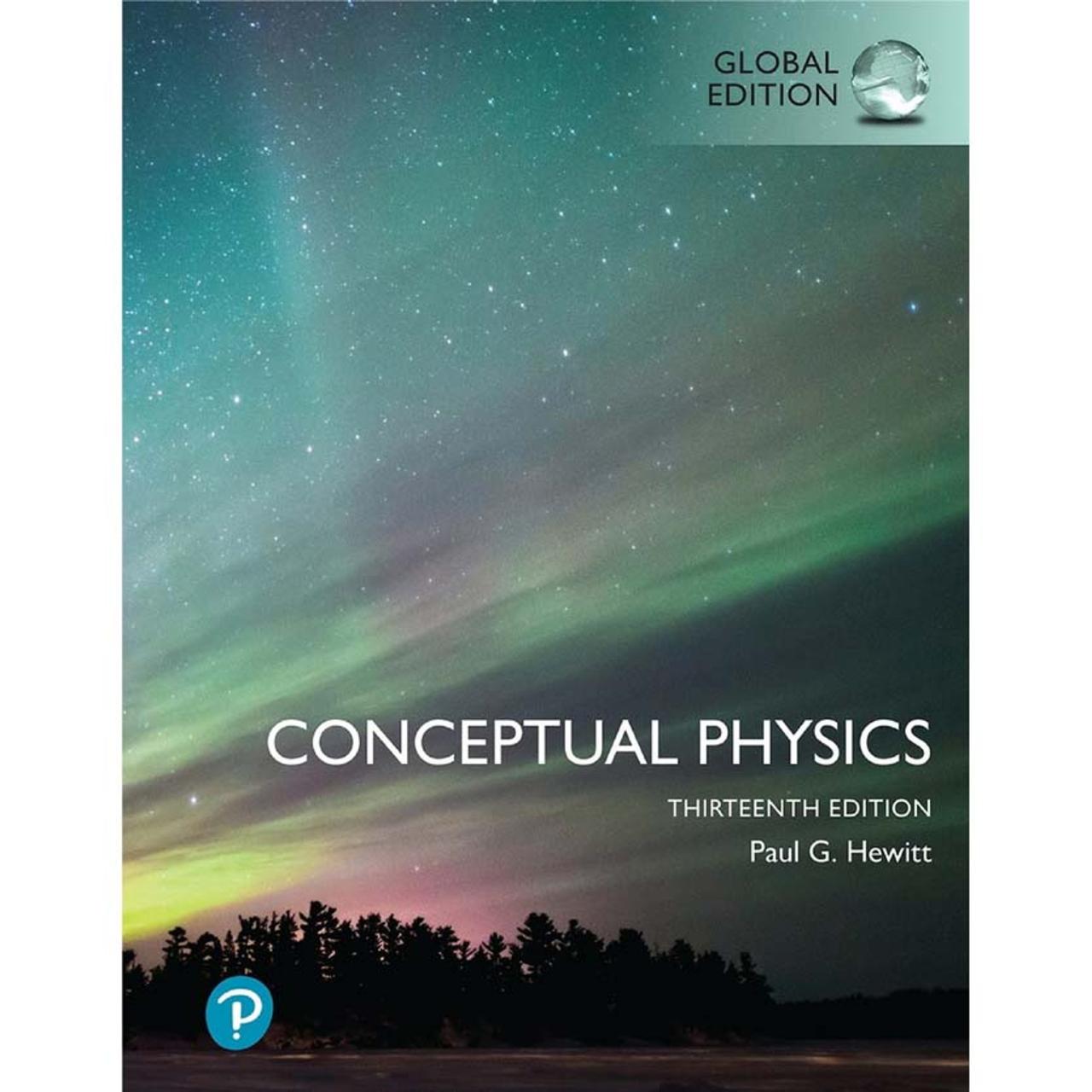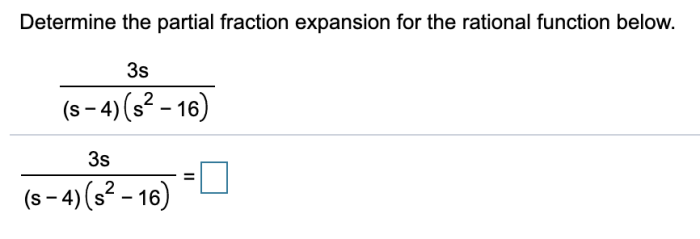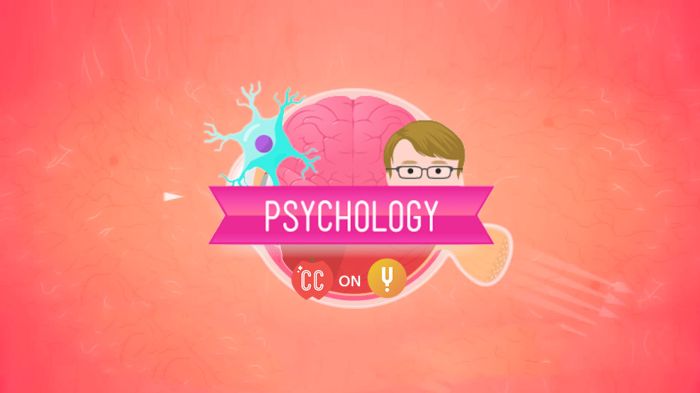Conceptual Physics 13th Edition by Paul G. Hewitt is a comprehensive and engaging textbook that introduces the fundamental principles of physics to non-science majors. Written in a clear and accessible style, the book provides a thorough understanding of the basic concepts of physics, while also highlighting their relevance to everyday life.
The book covers a wide range of topics, including mechanics, heat, electricity, magnetism, waves, and optics. Each chapter is well-organized and includes numerous examples, illustrations, and problem-solving exercises to help students grasp the concepts and apply them to real-world situations.
Book Overview
Conceptual Physics, 13th Edition by Paul G. Hewitt is a textbook designed for introductory physics courses aimed at non-science majors. It presents the fundamental concepts of physics in a clear and accessible manner, focusing on developing conceptual understanding rather than mathematical complexity.
The book covers a wide range of topics, including motion, energy, momentum, gravity, waves, electricity, magnetism, and modern physics. It is organized into 40 chapters, each of which focuses on a specific concept or set of concepts.
Conceptual Physics Concepts

The core concepts of conceptual physics covered in the book include:
- Motion: The study of how objects move, including kinematics and dynamics.
- Energy: The ability to do work, including different forms of energy and energy conservation.
- Momentum: The measure of an object’s mass and velocity, including impulse and conservation of momentum.
- Gravity: The force that attracts objects towards each other, including Newton’s law of universal gravitation.
- Waves: The disturbance that travels through a medium, including mechanical waves, sound waves, and electromagnetic waves.
- Electricity: The study of electric charge, current, and voltage, including Ohm’s law and circuits.
- Magnetism: The study of magnetic fields and their interactions with electric currents, including electromagnetism.
- Modern physics: The study of the fundamental particles and forces of nature, including quantum mechanics and relativity.
Pedagogical Approach
The pedagogical approach used in Conceptual Physics emphasizes conceptual understanding and problem-solving skills. The author uses clear and concise language, avoiding unnecessary technical jargon. He also provides numerous examples and analogies to help students connect the concepts to real-world experiences.
The book is organized into short, manageable chapters, each of which begins with a set of learning objectives. The chapters are also dilengkapi with numerous review questions, exercises, and problems to help students test their understanding.
Content Organization
| Chapter | Topic |
|---|---|
| 1 | Introduction to Physics |
| 2 | Motion in One Dimension |
| 3 | Motion in Two Dimensions |
| 4 | Newton’s Laws of Motion |
| 5 | Energy |
| 6 | Momentum |
| 7 | Gravity |
| 8 | Waves |
| 9 | Electricity |
| 10 | Magnetism |
| 11 | Modern Physics |
The book is organized into four parts, each of which covers a major area of physics:
- Motion
- Energy and Momentum
- Waves
- Electricity and Magnetism
Illustrations and Visuals

Conceptual Physics is richly illustrated with over 1,000 full-color figures, diagrams, and photographs. These visuals help students visualize the concepts and see how they apply to the real world.
For example, the book includes a series of diagrams that show how a baseball moves through the air. These diagrams help students understand the concepts of velocity, acceleration, and gravity.
Problem-Solving Exercises
| Type of Exercise | Description |
|---|---|
| Concept Checks | Short questions that test students’ understanding of the key concepts. |
| Multiple-Choice Questions | Questions that require students to choose the best answer from a list of options. |
| Problem-Solving Exercises | More challenging questions that require students to apply the concepts to solve real-world problems. |
| Thought Experiments | Questions that require students to think critically about the concepts and their implications. |
Conceptual Physics includes a variety of problem-solving exercises that help students develop their critical thinking skills. These exercises range from simple concept checks to more challenging problem-solving exercises.
Detailed FAQs: Conceptual Physics 13th Edition By Paul G. Hewitt
What are the key features of Conceptual Physics 13th Edition?
Conceptual Physics 13th Edition features a clear and engaging writing style, numerous examples and illustrations, problem-solving exercises, and a variety of learning resources to help students understand the fundamental principles of physics.
Who is the intended audience for Conceptual Physics 13th Edition?
Conceptual Physics 13th Edition is intended for non-science majors who want to gain a solid understanding of the fundamental principles of physics.
What are the benefits of using Conceptual Physics 13th Edition?
Conceptual Physics 13th Edition provides students with a comprehensive and engaging introduction to the fundamental principles of physics, while also highlighting their relevance to everyday life.







